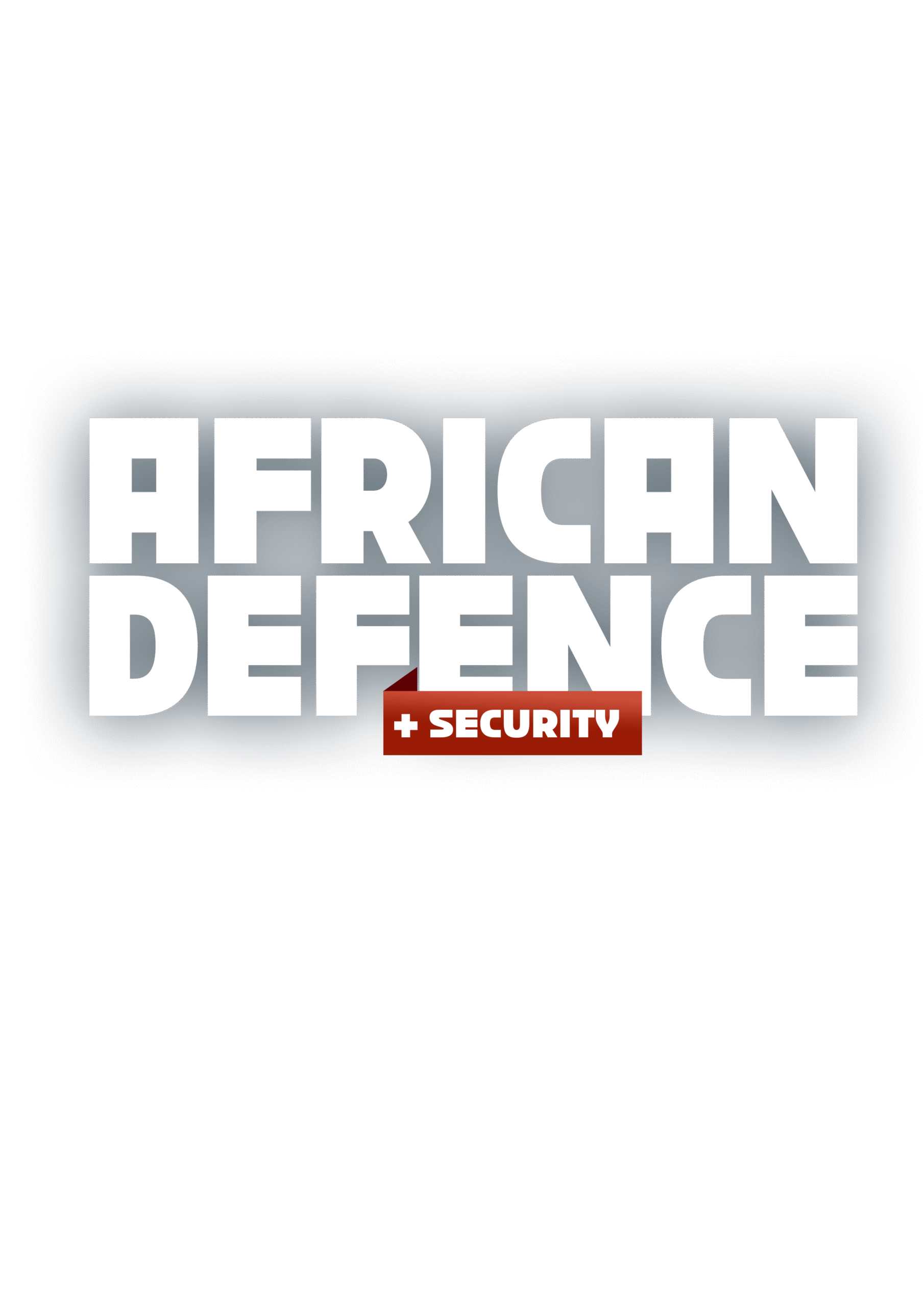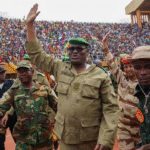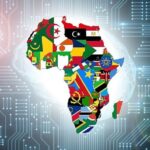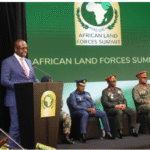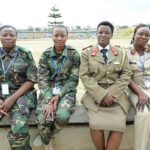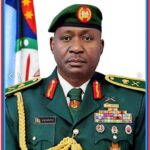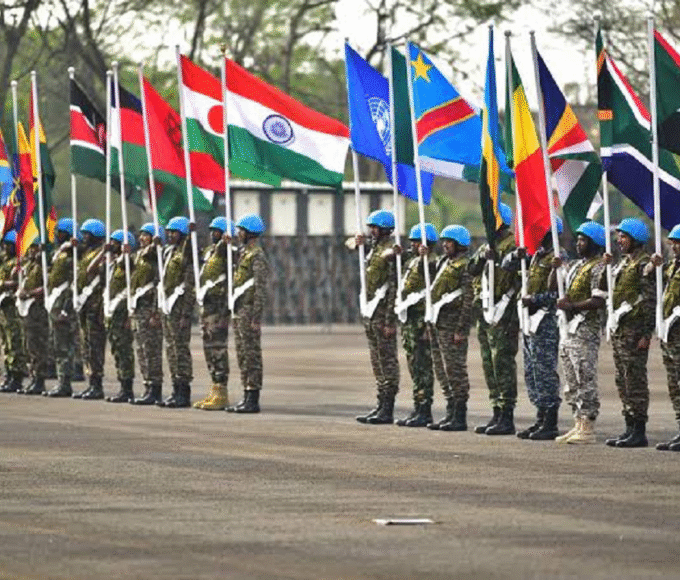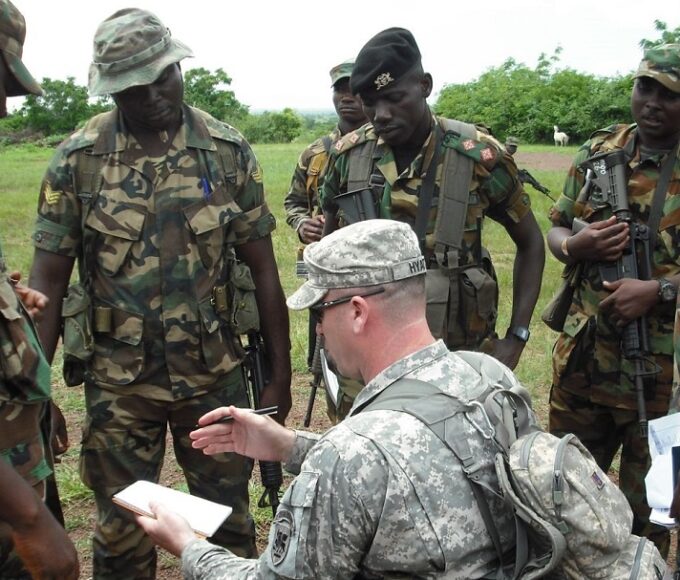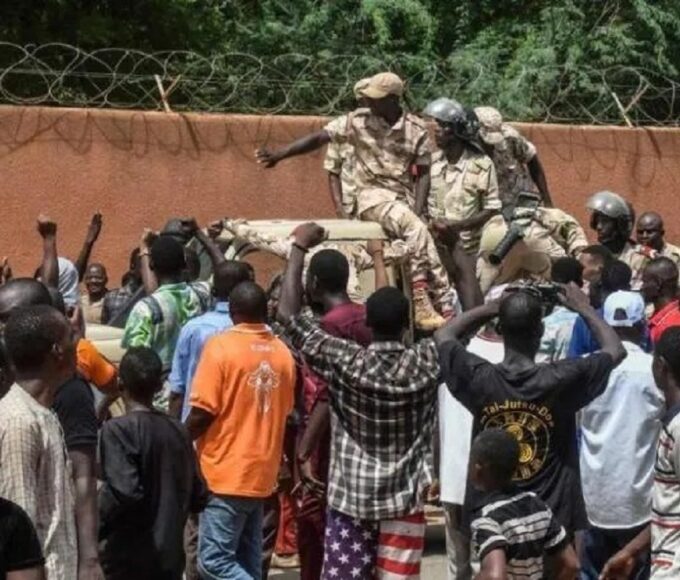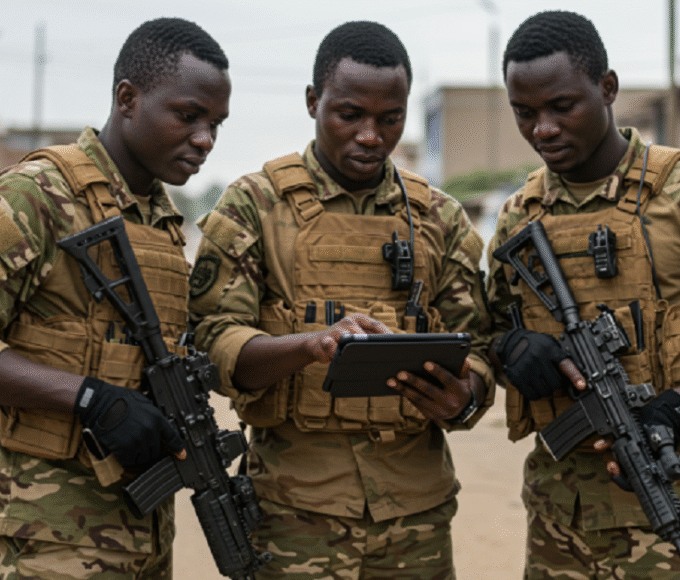The Rise of Regional Defence Blocs: Lessons from ECOWAS and SADC Models

In a continent where borders are porous and threats are transnational, no single nation can secure itself in isolation. As Africa grapples with violent extremism, coups, piracy, and insurgencies, a new security architecture is taking shape—one not centred on individual states, but on regional defence blocs with shared mandates and mutual responsibility.
From the Gulf of Guinea to the Mozambique Channel, the rise of coalitions like the Economic Community of West African States (ECOWAS) and the Southern African Development Community (SADC) is redefining how African nations confront conflict. Once seen as diplomatic forums with little enforcement power, these blocs have become instruments of military collaboration, deterrence, and, increasingly, intervention.
ECOWAS: From Peace Broker to Enforcement Mechanism
Since its founding in 1975, ECOWAS has positioned itself as West Africa’s premier integration body. But it was not until the 1990s that it stepped into security leadership — first through the ECOMOG intervention in Liberia, then in Sierra Leone. These missions were early prototypes of African-led peace enforcement.
In 2017, ECOWAS again made history with the swift deployment of troops to The Gambia after then-President Yahya Jammeh refused to concede electoral defeat. That mission, dubbed Operation Restore Democracy, lasted only weeks but demonstrated the bloc’s resolve to uphold democratic norms through credible military force.
More recently, ECOWAS has been tested by a string of military coups — in Mali, Guinea, Burkina Faso, and Niger. Its threat of intervention in Niger in 2023 was the boldest yet, sparking both praise and criticism. While the force was ultimately not deployed, the signal was unmistakable: ECOWAS had matured into a regional security actor capable of wielding pressure backed by troops.
“We are not just a diplomatic organisation,” said ECOWAS Commission President Dr. Omar Alieu Touray at the 2024 Abuja Security Summit. “We are a collective defence mechanism.”
The SADC Experience: Quiet Consensus, Calculated Action
Unlike ECOWAS, the Southern African Development Community (SADC) has preferred deliberation over confrontation. Its interventions have been fewer, but no less significant.
The most defining moment came in 2021, when SADC deployed the SADC Mission in Mozambique (SAMIM) to combat Islamist insurgents in the Cabo Delgado province. Comprising troops from Angola, Botswana, Lesotho, South Africa, and others, SAMIM represented the first time SADC activated a multinational force under its security protocols.
The mission faced logistical challenges, coordination delays, and uneven troop contributions. But it also marked a turning point: the SADC Brigade — long seen as a theoretical entity — had become a functional force.
“The region has proved that it can act decisively when it must,” said Lt. Gen. Rudzani Maphwanya, Chief of South Africa’s Defence Force, in a 2023 briefing. “We are learning by doing.”
Contrasting Models, Common Lessons
ECOWAS and SADC represent two distinct models of regional defence cooperation. ECOWAS is more willing to deploy troops rapidly, often in response to political crises. SADC is more cautious, focused on consensus-building and operational sustainability.
Yet both face shared challenges:
- Interoperability: Differences in training standards, equipment, and command languages hinder seamless joint operations.
- Funding: Without consistent member contributions, many operations rely on foreign aid — compromising autonomy.
- Mandate Clarity: Disagreements over when and how to intervene have delayed responses, particularly in cases of unconstitutional power grabs.
Still, the benefits of regional bloc-led operations are undeniable. They offer legitimacy, cultural proximity, and better intelligence access than UN missions. They also foster mutual accountability — a key ingredient for peace.
Beyond ECOWAS and SADC: Continental Implications
The success — and struggles — of ECOWAS and SADC are shaping how other regional blocs approach security. In East Africa, the Intergovernmental Authority on Development (IGAD) has played critical roles in South Sudan’s peace process, though with limited military muscle. The East African Standby Force (EASF), while trained and structured, remains underutilised.
The African Union’s Peace and Security Council, originally envisioned as a continent-wide coordination hub, now increasingly depends on regional blocs to execute its mandates. The logic is clear: while the AU sets the tone, the RECs (Regional Economic Communities) bring the boots on the ground.
This decentralised but collaborative structure — known as the African Peace and Security Architecture (APSA) — is being stress-tested by real-time crises. How well it adapts will determine the future of African peace enforcement.
Reimagining Security: Integration as Deterrence
As regional blocs deepen defence cooperation, some are calling for the next logical step: integrated regional defence industries.
ECOWAS has floated the idea of a West African Defence Procurement Pool, enabling countries to bulk-purchase equipment and standardise maintenance. SADC has explored shared cybersecurity infrastructure. Nigeria and Ghana have signed joint training pacts; South Africa has led simulation exercises for disaster response under SADC guidelines.
These efforts hint at an emerging doctrine: regional security through interdependence.
Risks of Overreach and Politicisation
Yet, regional blocs are not immune to geopolitical tensions. In ECOWAS, the withdrawal of Mali, Burkina Faso, and Niger from the bloc in 2024 following suspension over military rule raised existential questions. Can a defence bloc function without ideological cohesion?
Similarly, SADC’s future missions may be hampered by domestic political concerns, with member states hesitant to back interventions that could inflame opposition back home.
Moreover, the growing power of regional military formations raises concerns about democratic oversight. Who controls these forces? To whom are they accountable?
In the face of complex, borderless threats, Africa’s pivot to regional defence cooperation is not merely strategic — it is inevitable. ECOWAS and SADC are proving that security cannot be built by individual states or imposed by distant powers. It must be owned, led, and sustained by those who share the geography and the stakes.
As Africa moves into a new security era, the lesson is clear: the road to peace runs through regional strength.
King Richard Igimoh, Group Editor ALO
King Richard Igimoh, Group Editor African Leadership Organisation is an award-winning journalist, editor, and publisher with over two decades of expertise in political, defence, and international affairs reporting. As Group Editor of the African Leadership Organisation—publishers of African Leadership Magazine, African Defence & Security Magazine, and Africa Projects Magazine—he delivers incisive coverage that amplifies Africa’s voice in global security, policy, and leadership discourse. He provides frontline editorial coverage of high-profile international events, including the ALM Persons of the Year, the African Summit, and the African Business and Leadership Awards (ABLA) in London, as well as the International Forum for African and Caribbean Leadership (IFAL) in New York City during the United Nations General Assembly.
Recent Posts
Categories
- Air & Aerospace15
- Border Security14
- Civil Security3
- Civil Wars4
- Crisis4
- Cyber Security4
- Defense15
- Diplomacy17
- Entrepreneurship1
- Events5
- Global Security Watch6
- Industry6
- Land & Army7
- Leadership & Training3
- Military Aviation2
- Military History27
- Military Speeches1
- Naval & Maritime8
- Resources1
- Security12
- Special Forces1
- Systems And Technology8
- Tech6
- Uncategorized3
- UNSC1
- Veterans6
- Women in Defence9
Related Articles
INDIA’S GROWING MILITARY PARTNERSHIPS WITH AFRICA
India’s engagement with Africa is undergoing a quiet but powerful transformation. What...
ByKing Richard Igimoh, Group Editor ALOOctober 14, 2025EVOLVING HORIZONS: TRAINING THE AFRICAN SOLDIER IN A CHANGING LANDSCAPE
The training of African soldiers has undergone a profound transformation in recent...
ByKing Richard Igimoh, Group Editor ALOOctober 2, 2025COLD WAR AFRICA: PROXY WARS AND THEIR IMPACT
The Cold War in Africa, spanning from the late 1940s to the...
ByKing Richard Igimoh, Group Editor ALOSeptember 26, 2025AI AND AFRICA’S MILITARY INTELLIGENCE: PROMISE AND PERIL IN A TRANSFORMING SECURITY LANDSCAPE
Africa’s military landscape is entering a new chapter, shaped by the rapid...
ByKing Richard Igimoh, Group Editor ALOSeptember 22, 2025
